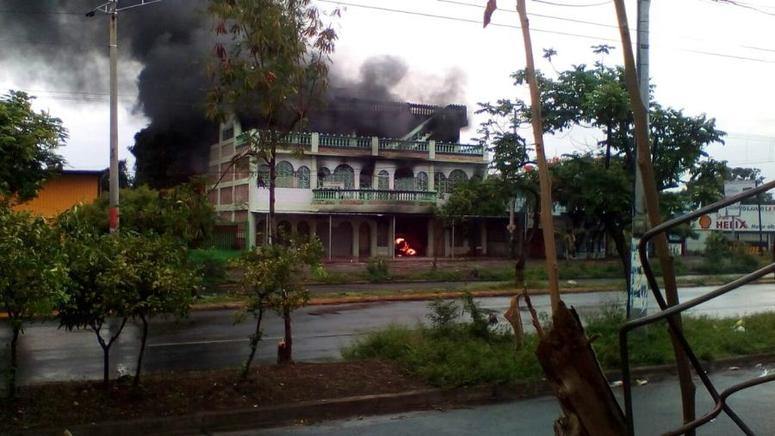The past few days have been intensely sweltering in many parts of the world. Temperatures reach maximum levels in Central America and the Caribbean. In Mexico, for example, the thermometer exceeds 40°C in cities located in the southeast of that country.
In other places like San Juan, Puerto Rico, the authorities issued an “excessive heat alert” due to the high temperatures and dry weather that, together with the humidity, also generates a thermal sensation of over 40°C, as reported by the BBC.
Miami, Havana or Santiago de Cuba are other cities where the heat forces you to cool off on beaches or rivers. In social networks, memes multiply and some believe that it is only a preview of what will arrive in the months of July and August.
heat dome
There are several factors that explain these temperatures in each region and according to experts it is a phenomenon that has crossed the northern hemisphere known as “heat dome” which has caused temperatures to soar in different areas.
The heat dome forms in an area of high atmospheric pressure when hot air is pushed down and trapped in one place, causing temperatures to soar over a wide region where it occurs, they explain.
It is essentially a hot air mass rooted in place, trapping those inside at ground level in a prolonged heat wave.
In 2022 the heat dome affected countries in Europe and reached India and Pakistan. In Western Australia it caused thermometers to reach 50.7 °C, the highest temperature ever recorded in the southern hemisphere. While in the northern hemisphere the clearest example was the town of Lytton, Canada, which was 90% devastated by fires generated by high temperatures.
Scientists believe that these events are caused by a sudden change in ocean temperatures.
Extreme heat events occur within the natural variation of climate due to changes in global weather patterns. The scientists point out that the increase in the frequency, duration and intensity of these events in recent decades is clearly related to the observed warming of the planet and can be attributed to human activity.
High temperatures can cause cramps, exhaustion, dehydration, decay and a feeling of prostration. It is especially important to protect the elderly, the disabled and children under five years of age.
Specialists advise drinking more fluids without waiting to feel thirsty, staying in open spaces and not leaving the house unnecessarily.
















